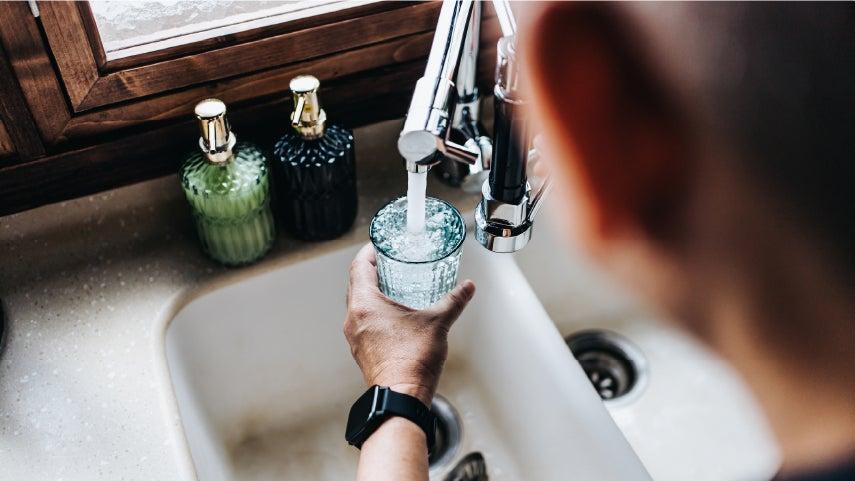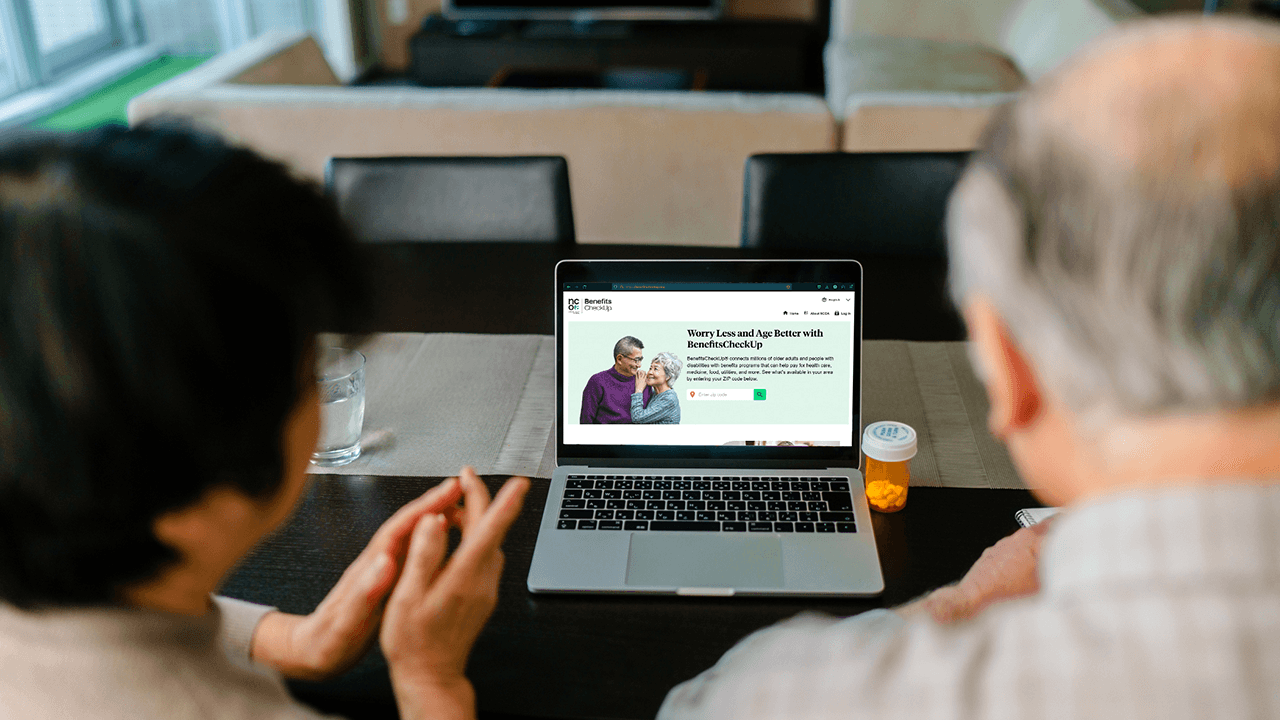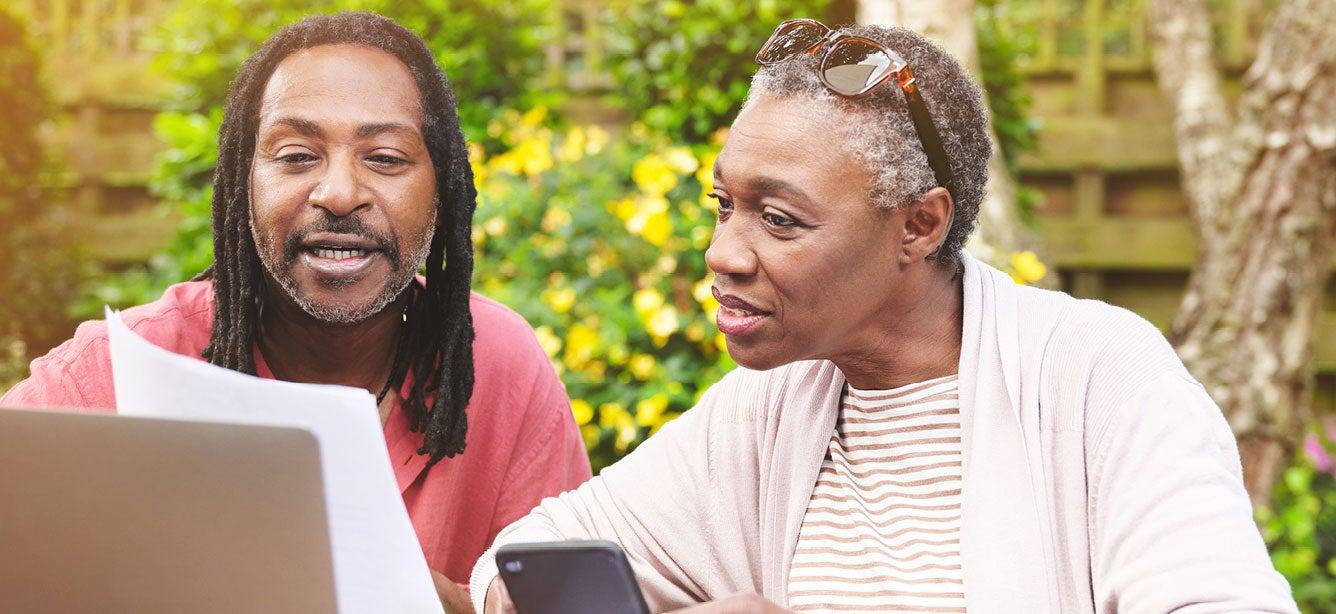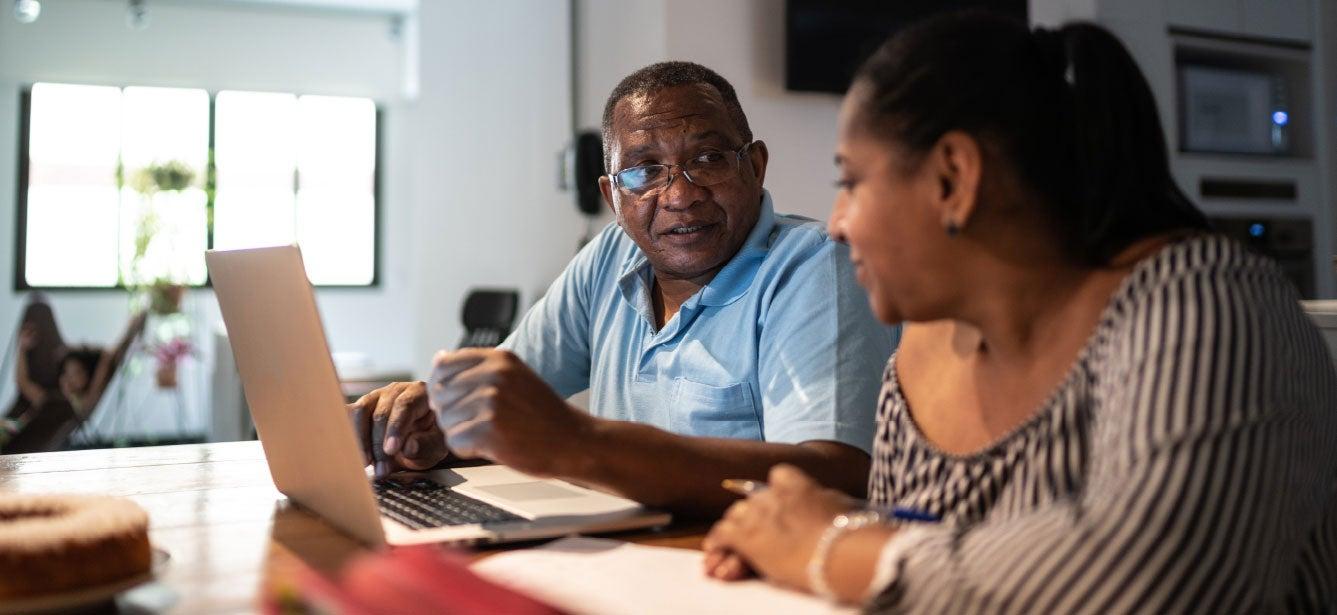
Having regular access to water to hydrate, cook, and use the bathroom helps us stay healthy and clean. But for older adults with limited income, utility bills for water and sewer services are a large part of already rising expenses as 20% of U.S. households on average are behind on water bills.1
If you find yourself behind on payments and in danger of a water shut off, there is help available. But it’s important to act quickly.
What should I do if I'm behind on my water bill?
Here are a few steps you can take if you think you are at risk of losing your water service:
- Reach out to your water utility company. Call your local water utility company and ask them if they have any relief programs for people with overdue water bills. Your utility company’s website may also have a section on water bill assistance. Some larger utility companies such as Aqua America, offer programs like Aqua Aid where water customers in Illinois, New Jersey, and Ohio can call for financial assistance funded by fellow customer donations.2
- Contact your state's utility commission. Your state’s public utility commission may have tips or programs to help you pay your bills. The National Association of Regulatory Utility Commissioners clickable map can help you locate the commission in your state, U.S. territory, or the District of Columbia.
- Look into nonprofit organizations. There are a number of nonprofit groups that offer help to older adults behind on their water bills, including:
- Dollar Energy Fund: The fund offers financial assistance in 18 states.3 If you live in one of those states, you can use the fund’s hardship eligibility tool to see if you qualify for assistance. The tool allows you to:1
- Select your local water utility from a list
- Provide your income
- Indicate whether or not your water has been shut off
Based on your selections, you will receive links to apply to Dollar Energy Fund programs for financial assistance. If the tool shows no results, or if your utility company isn’t listed, you should contact your utility company about ways to get financial help.
After you click on a program link, make sure to pay attention to the requirements, such as application deadlines. In some cases, you may need a minimum balance on your bill to be eligible. The amount of money you get will also differ based on where you live. For example, Dollar Energy Fund’s hardship program for Maryland residents who use the American Water utility company offers a max of $200.4 Please note that you might not qualify for assistance if the money you’d receive isn’t enough to stop a service shutoff.
Dollar Energy Fund can also connect people to community-based organizations near them to help them fill out applications through its Agency Finder online search. Users can enter their address in the finder’s search box to find help near them.
- Salvation Army: Enter your ZIP code in Salvation Army’s online search to find an address and phone number for the nearest community center. After your initial online search, there will also be a list of categories you can select to narrow your results, including “Rent, Mortgage and Utility Assistance.” Click on that category for a list of community centers below that can help with utility bills. Note that your search results may label utility assistance as “emergency financial assistance.”
- United Way: Visit 211.org’s Utilities Assistance page or dial 2-1-1 on your phone to speak to a United Way operator for help with utility bills. You can also use the “Find Help Near You” online search to look for help based on your address or ZIP code.
You can visit NCOA's BenefitsCheckUp or call 1-800-794-6559 to connect with a specialist to help you find utility assistance.
Sources
1. Administration for Children and Families. Understanding Water Affordability Across Contexts: LIHWAP Water Utility Affordability Survey Report. Found on the Internet at https://www.acf.hhs.gov/sites/default/files/documents/ocs/lihwap-survey-report-03-14-24.pdf
2. Aquawater.com. Aqua Aid. Found on the Internet at https://www.aquawater.com/customers/customer-assistance-programs/aqua-aid/index.php
3. Dollar Energy Fund. Hardship Program Eligibility Tool. Found on the Internet at https://www.dollarenergy.org/program-quiz/
4. Dollar Energy Fund. Maryland American Water Hardship Program. Found on the Internet at https://www.dollarenergy.org/program/maryland-american-water-hardship-program/




